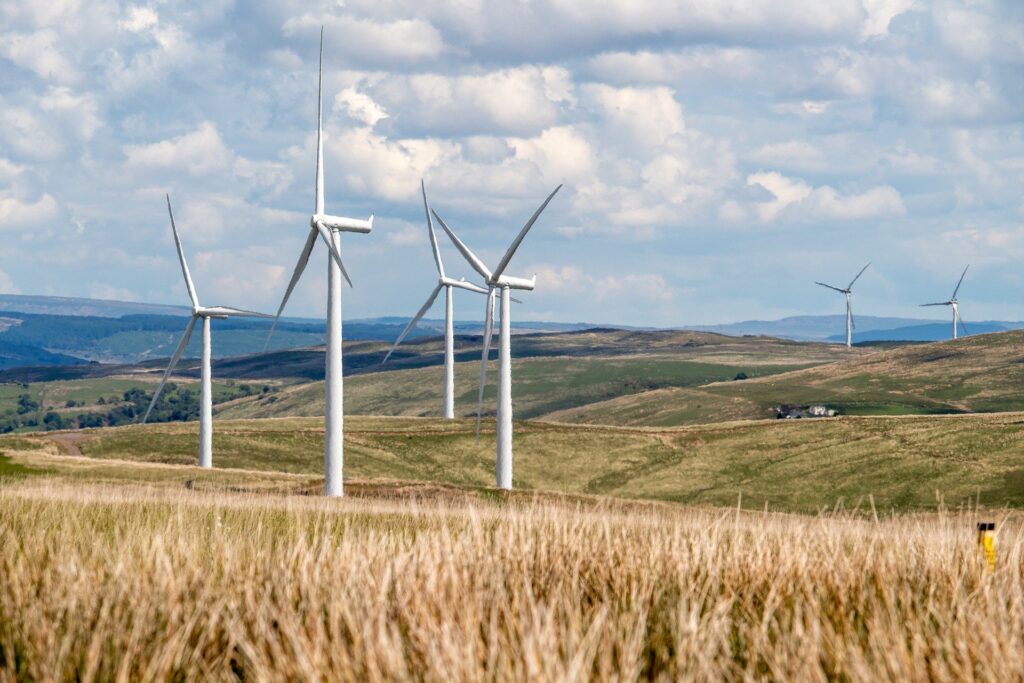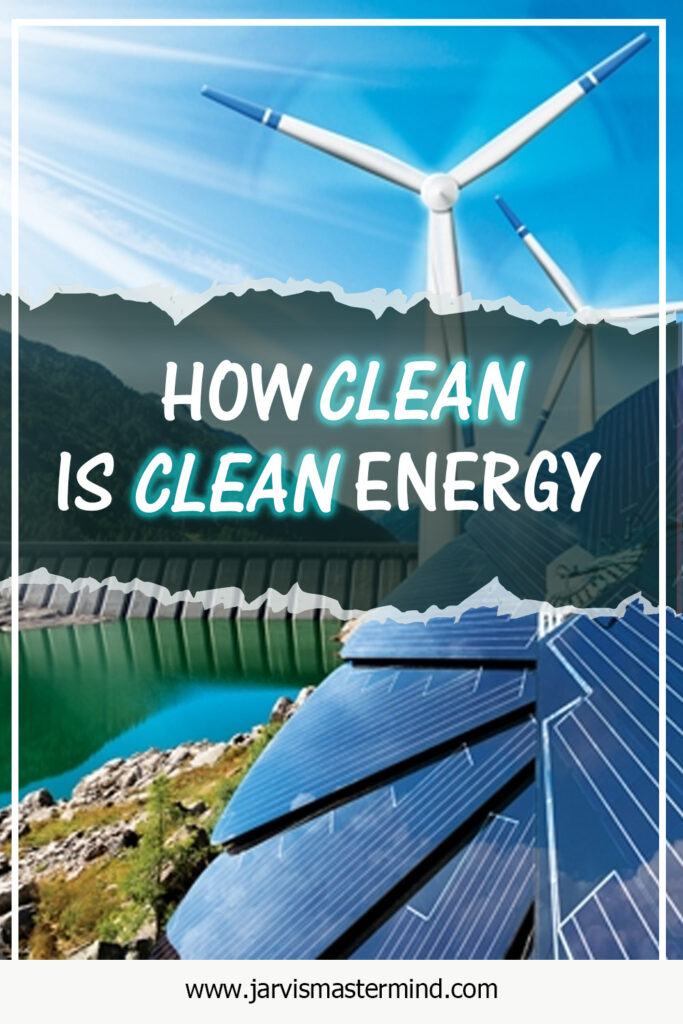We’re always told that the solution to climate change is clean energy, and clean means zero greenhouse gases emissions, that this is what is supposed to help save the environment.
This is what all the environmental conflict is revolving around.
So one might ask: How clean is clean energy? If you want me to dump my efficient fossil fuel infrastructure and systems built around it your alternative must be really good at what you claim it is doing.
And I am not here to be by the side of capitalists who are just procrastinating to not transition to clean energy because they only care about profits, it’s a valid question that needs to be asked.

Is clean energy really clean or does renewable energy companies are selling us the idea that their solutions will save the environment just to get more business for them?
That’s the question I’m going to investigate in this article
To stay organized I’m going to break this question into smaller sub-questions, the first one is:
What Makes Clean Energy Clean?
For an energy source to be considered ‘clean’ it has to emit little to no greenhouse gases such as carbon dioxide and methane.
These greenhouse gases cause all sorts of trouble for the environment and we need to stop emitting these gases if we want our planet to survive.
This is the only filter that qualifies an energy source to be labeled ‘clean’. But these sources labeled ‘clean’ still have their own disadvantages.
What is the Cleanest Form of Energy?
The cleanest sources of energy are nuclear, solar, and wind power according to Our World in Data, these sources doesn’t only emit little to no greenhouse gases while operating but including also installation, transportation, and maintenance.
Are the Cleanest Forms of Energy Clean Enough?
If the only criteria you have for clean energy is greenhouse gases emissions, then clean energy sources such as nuclear, wind, and solar powers are truely clean in that manner since they only emit very few amounts of greenhouse gases compared to traditional energy sources.
But this is a uni-factor analysis that eliminates other important criteria out of the process.
Clean energy has its serious disadvantages and that is one of the reasons why it hasn’t been widely adopted yet.
Clean energy requires more land compared to fossil fuels which means wildlife will be impacted, in a negative way. Millions of migrating birds are killed each year by wind turbines, Hydroelectric dams block migration routes for fish, and concentrating solar plants produce intense beams of sunlight that burns birds and insects.
Not to mention nuclear waste that if not handeled proplerly would cause health risks on us and will definitely damage the environment.
How Much of Our Energy is Clean?
So now we know what is clean about clean energy, what are the cleanest energy sources, and we also know what are the disadvantages of the clean energy sources, now the question is: how much of our energy is clean?
According to Energy Information Administration, In 2021, renewable energy sources accounted for about 12.2% of total U.S. energy consumption and about 20.1% of electricity generation.
And In 2020, renewable energy represented 22.1 % of energy consumed in the EU, around 2 percentage points above the 2020 target of 20 %, According to EuroStat.
China’s total renewable energy capacity exceeded 1,000GW in 2021, according to the National Energy Administration, accounting for 43.5 per cent of the country’s total power generation capacity, 10.2 percentage points higher than in 2015.
Can We Have 100% Clean Energy?
From a technical point of view, yes we can have 100% clean energy.
But you have to understand the complications of the transition.
Solar and wind power aren’t continuous sources of energy, sometimes they overgenerate electricity other times they undergenerate. So to solve this issue you need batteries that are low in cost, to stabilize energy production and consumption process, which we don’t have yet.
So the solution is nuclear power, which provides clean energy 24/7, but you can imagine the complexity that come along nuclear energy and its spreading around the world and also the dangers of nuclear waste which isn’t a trivial issue.
So, yes, we can have 100% clean energy but we will need to overcome these hurdles.
Will Renewables Replace Fossil Fuels?
If we manage to reduce the costs of renewables to beat the low price of fossil fuels then renewable will have the chance of replacing them.
But this is not just the issue, the big challenge is that fossil fuel is an industry worth trillions, so if the transition ever happens it won’t happen overnight, it is going to take a lot of time to replace the infrastructure that we have been building for over 200 years with the new infrastructure that we still need to build.
Why Can’t Renewables Save Climate?
Renewables have the potential to save the climate the issue is it might be too late.
We have been building fossil fuels infrastructure for over 200 years, we are so denpendent on it, to replace this mature technology with new one that we still need to develop it’s going to take time, and time is not by our side.
Ice is melting, storms are getting stronger, and climate is changing in a faster pace than the adoption of renewable energy technologies.
Conclusion
So to sum it up, the criteria we classify based on whether an energy source is clean or not is greenhouse gases emissions, according to this criteria solar, wind, and nuclear power are the cleanest.
But that doesn’t mean clean sources don’t have their own disadvantages and don’t hurt the environment in their own way.
We can save the environment if we move at a fast pace, which isn’t the case right now because of the complexities of the issue which is impacting us in every possible way.

